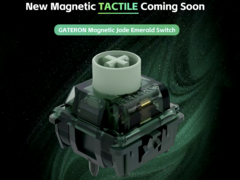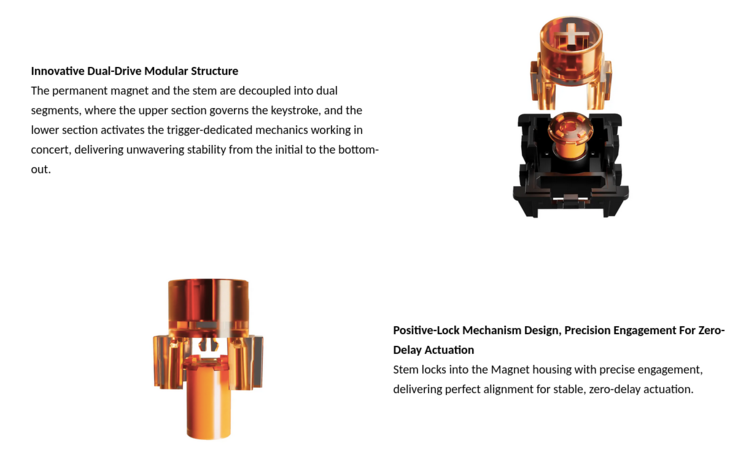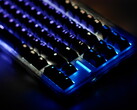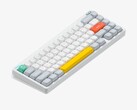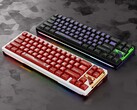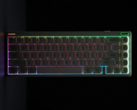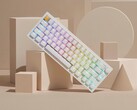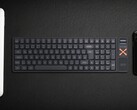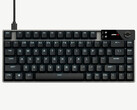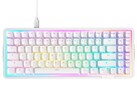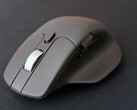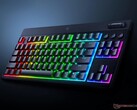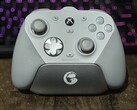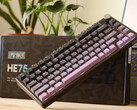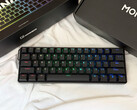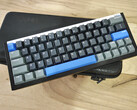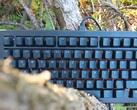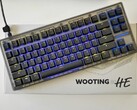If you have a Hall effect gaming keyboard, and you are looking for tactile switches, your only real choice at the moment are the Glorious Panda HE switches, which have very limited compatibility — only Glorious and Keychron HE keyboards, by the looks of it — or AEboards Raeds HE switches, which are technically tactile, only because they use rubber dome to imitate Topre switch designs.
Gateron seems to be joining the fray with its upcoming Magnetic Jade Emerald tactile switch, which look to be a more universally compatible Hall effect switch for keyboards like the Wooting 80HE and Iqunix EZ63. Gateron has only really teased the incoming release of the new switch on X, but there are some things we can ascertain from the image the switch maker has shared.
Exact pricing and specifications have not been release, but it seems as though a Gamescom or IFA announcement is likely, since Gateron teased that the new switch will be coming “soon.”
Gateron Magnetic Jade Emerald switch details
Given that the Gateron Magnetic Jade Emerald switch comes from the same line-up that produced the Jade Pro (curr. $56 for 70 switches on Amazon) switches we praised in our review of the Iqunix EZ3, we can assume it has the same closed-bottom design, PC top housing, nylon bottom housing, and POM stem. It will also likely stick to the same 3.5 mm total travel as the Jade Pro and Gaming switches.
Where the tactile Magnetic Jade Emerald switch appears to differ from its regular linear counterparts, however, is the stem. The round stem is a diversion from what we've come to expect from Gateron's HE switches, and this might signal more uniform stability when pressing the keycaps off-centre. Looking closely at the top housing, it appears to use the same small nubs around the stem that Gateron recently used on the Gateron Magnetic Spark switches. These supposedly reduce the friction between the stem and the top housing, resulting in smooth keystrokes.
It remains to be seen if Gateron will also borrow the Spark's dual-drive modular structure, which separates the stem into two pieces and supposedly eliminates the effects of stem wobble on the Hall sensor's accuracy.
Hall effect gaming keyboards have mostly been limited to linear switches, which makes sense for the most part. The analogue controls that come from the HE technology, like adjustable actuation distance, rapid trigger, and SOCD, benefit from linear travel. Having more control over where the switch is in its travel makes it a lot easier to use those features, but a lot of HE keyboard users still want a more traditional tactile response that's only possible with a tactile switch.




